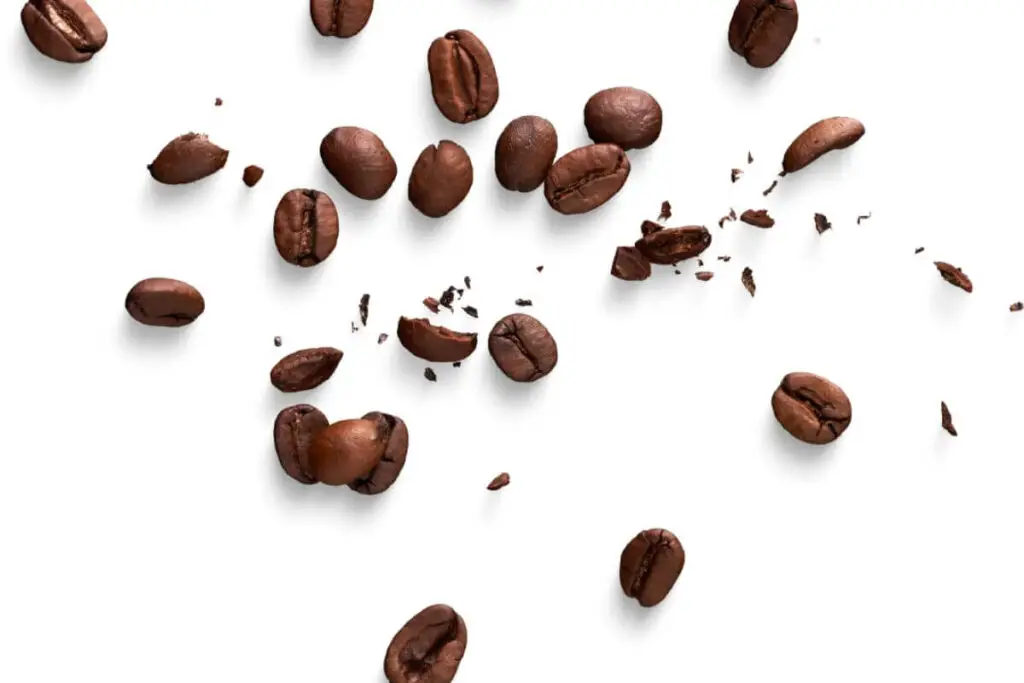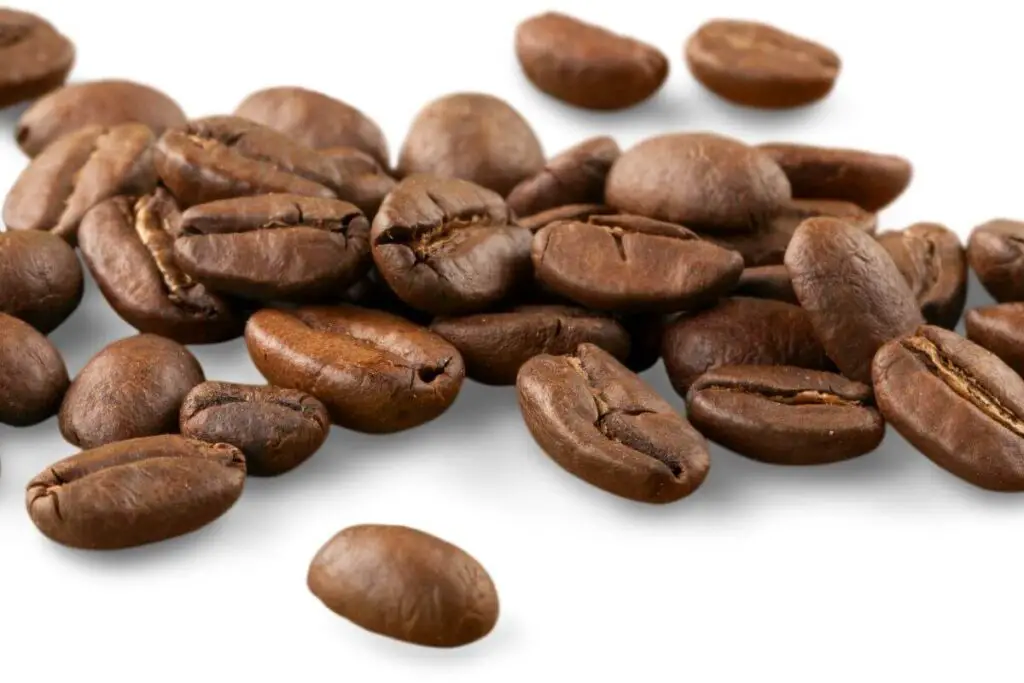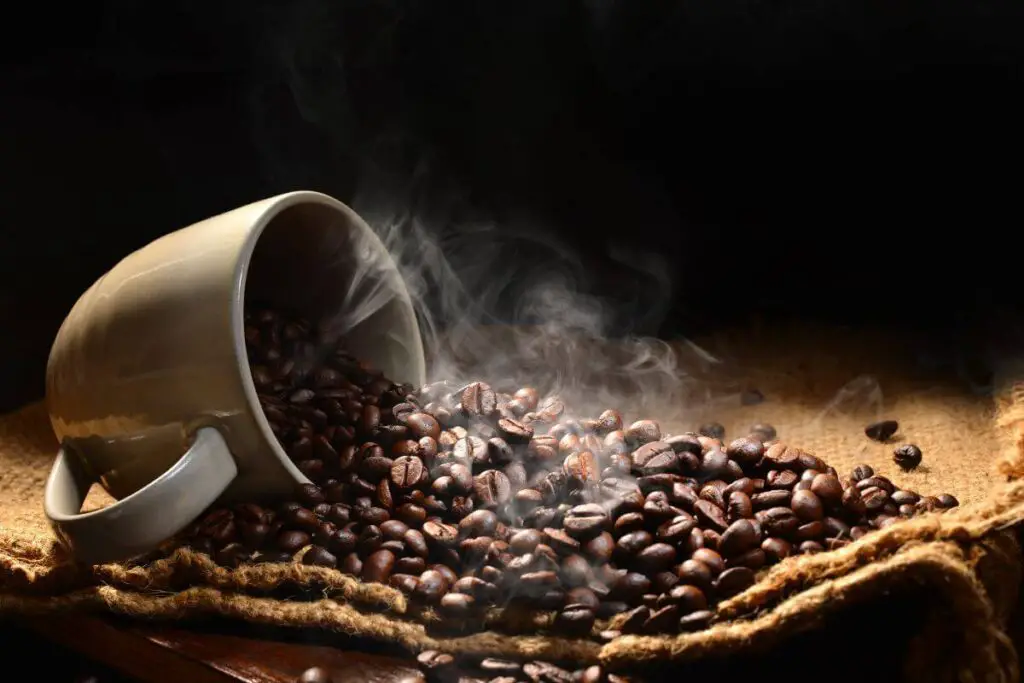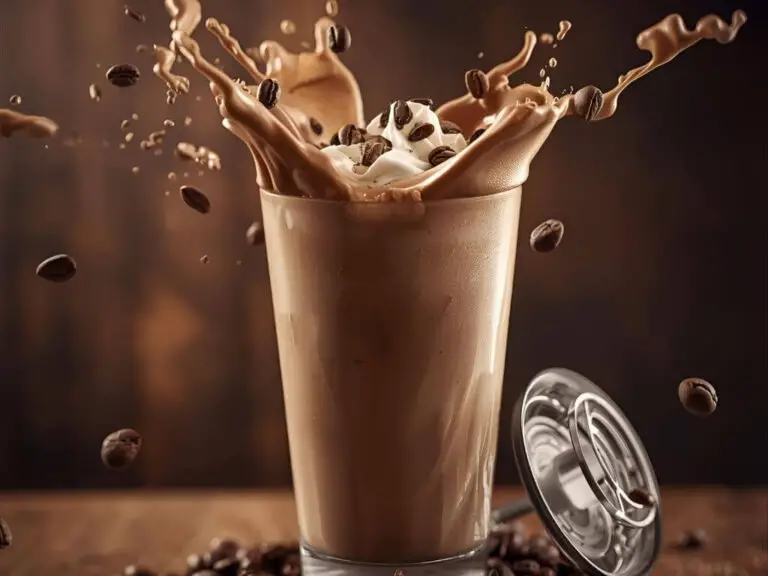How Many Beans Per Cup of Coffee: The Golden Ratio
Ever stopped to wonder how many coffee beans go into your morning cup? You might think, “Does it even matter?” The truth is, the number of beans—or more accurately, the weight of your coffee—plays a huge role in flavor, strength, and consistency.
Too few beans? Your coffee might taste weak and underwhelming. Too many? It could turn bitter and overpowering. Whether you’re a casual coffee drinker or a brewing enthusiast, understanding the right coffee-to-water ratio can transform your daily cup.
In this guide, we’ll break down:
✅ The average number of beans per cup (spoiler: it’s not a fixed number!)
✅ Why weighing coffee beats counting beans (size & roast level matter)
✅ How different brewing methods change the bean count (espresso vs. French press)
✅ Pro tips for measuring like a barista (because guesswork leads to bad coffee)
Let’s dive in!

The Basics: Measuring Coffee Beans (Weight vs. Count)
Why Counting Beans Isn’t the Best Method
You could count out 90 beans for your cup, but here’s why most coffee experts don’t:
✅ Bean sizes vary:
- Arabica beans are larger than Robusta.
- Light roasts are denser; dark roasts expand, so fewer beans fit per gram.
✅ Grind changes volume:
- Finely ground coffee packs tighter than whole beans.
- A “scoop” of whole beans ≠ a scoop of grounds.
The Gold Standard: Measuring by Weight
The Specialty Coffee Association (SCA) recommends:
🔹 10 grams of coffee → 180 ml (6 oz) of water (a 1:16 ratio).
Bean Count vs. Weight: A Quick Comparison
| Measurement | Approx. Beans | Weight | Volume (Whole Beans) |
|---|---|---|---|
| 1 cup (6 oz) | ~70-100 | 10g | 2 tbsp (varies by roast) |
| 1 espresso shot | ~63-80 | 7-9g | 1.5 tbsp |
Pro Tip: Use a digital kitchen scale ($10-$20) for precision. Scoops and counting are fun but inconsistent.
How Many Beans Are in a Cup? (The Real Answer)
Average Bean Count per Cup
For a standard 8-oz cup (using ~10g of coffee):
- Light roast: ~100 beans (denser, smaller).
- Dark roast: ~70 beans (expanded, less dense).
Example:
- Arabica beans (larger) → ~80-90 per 10g.
- Robusta beans (smaller) → ~100-110 per 10g.
Why Roast Level Matters
Roasting changes bean structure:
- Light roast: Retains moisture, weighs more per bean.
- Dark roast: Loses water, becomes porous → fewer beans per gram.
Experiment:
Weigh 10g of light vs. dark roast beans—you’ll see the difference!

How to Measure Coffee Beans Like a Pro
Best Methods (Ranked)
- Digital Scale (Most Accurate)
- Weigh beans before grinding.
- Ideal ratio: 1:16 (coffee:water).
- Measuring Scoops (Good for Beginners)
- 1 tbsp ≈ 5-7g whole beans (~35-50 beans).
- Warning: Scoops vary by roast/grind!
- Counting Beans (Fun, But Inefficient)
- ~90 beans per cup? Only try this if you’re extremely patient.
Common Mistakes to Avoid
❌ Using volume for ground coffee (finer grind = more coffee per scoop).
❌ Ignoring roast level (dark roast needs slightly more volume for same weight).
❌ Eyeballing it (even baristas weigh their beans!).
Does Bean Count Really Matter? (Spoiler: Not as Much as You Think)
Weight > Bean Count
- 10g of light roast (100 beans) vs. 10g of dark roast (70 beans) = same strength.
- What matters is coffee-to-water ratio, not bean numbers.
Flavor Impact of Too Few/Too Many Beans
| Issue | Result | Fix |
|---|---|---|
| Too few beans | Weak, sour, under-extracted | Increase dose (1-2g more) |
| Too many beans | Bitter, over-extracted | Use less coffee or coarser grind |
Pro Tip: Adjust grind size before changing bean amount!

Fun Coffee Bean Trivia (Impress Your Friends!)
- How many beans in a pound? ~3,000-4,000 (depends on roast).
- How many cups per pound? ~30-40 (varies by brew method).
- World’s most expensive coffee? Black Ivory Coffee (~$500/lb, made from elephant-digested beans!).
Conclusion: The Perfect Cup Starts with the Right Measurements
Forget counting beans—weigh them for consistency. Here’s your cheat sheet:
✅ Standard cup (6 oz): 10g (~90 beans).
✅ Espresso: 7-9g (~70 beans).
✅ Strong brew? Increase dose (12g for French press).
Now it’s your turn!
👉 Weigh your beans tomorrow—see if you taste the difference.
Frequently Asked Questions Of How Many Beans Per Cup Of Coffee
How many whole coffee beans to make two cups?
Approximately 22 whole coffee beans for two cups, assuming around 11 beans per cup. Remember, bean size and brewing method can affect the amount. Adjust and find your perfect cup!
How Many Coffee Beans Should I Grind Per Cup?
To brew a cup of coffee, use the “Golden Ratio” of 2 tablespoons of coffee ground beans for every cup of water. This provides a balanced and flavorful brew. Remember to use a weighing scale for accurate measurements.
How Many Scoops Of Coffee Beans Are In A Cup Of Coffee?
To make a cup of coffee, you’ll need approximately two tablespoons of coffee ground beans. This ratio ensures a rich and flavorful brew. Using a weighing scale for accuracy is recommended.
How Much Beans Do I Need For 4 Cups Of Coffee?
For 4 cups of coffee, you will need approximately 8 tablespoons (or two coffee scoops) of coffee ground beans.
How Many Coffee Beans Should I Grind Per Cup?
Grind approximately 2 tablespoons of coffee beans for every cup of coffee you want to brew.







